Cameras and Camera Angles in Video Games

Writer
Baha Pirani From Blacave

In the realm of video game development, the role of the camera is paramount. The camera system not only dictates what players see but also influences the entire gaming experience, affecting gameplay mechanics, immersion, and narrative storytelling. Camera angles, when thoughtfully designed, contribute to a player's emotional connection and can enhance or hinder the overall game design. In this article, we’ll explore the types of cameras used in video games, different camera angles, and how these impact both gameplay and player experience.
Types of Camera Systems in Video Games
1. First-Person Camera
The first-person camera places the player directly in the shoes of the character, giving them a direct line of sight as if they were physically in the game world. This camera type is prevalent in first-person shooters (FPS) like Call of Duty or Half-Life. It offers a more immersive experience as players view the game through the character’s eyes, but it can limit peripheral awareness, which adds to the challenge of gameplay.
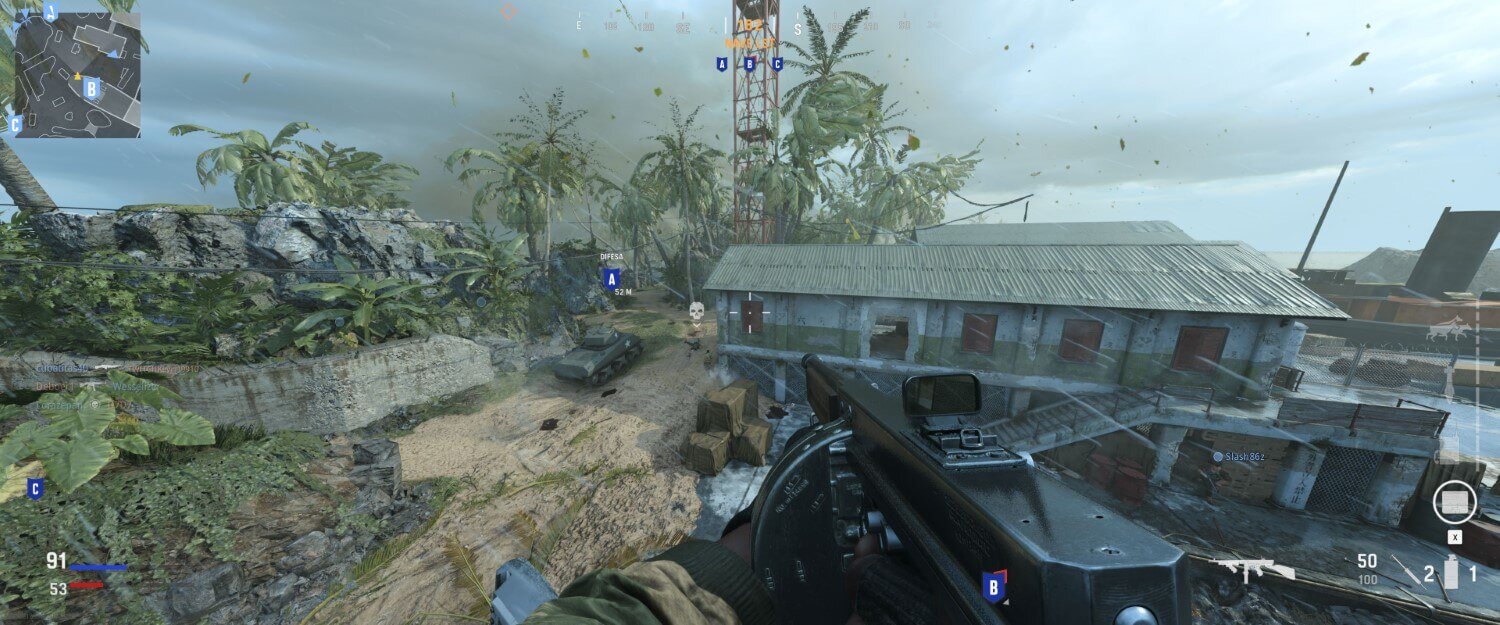
Call of Duty Vanguard
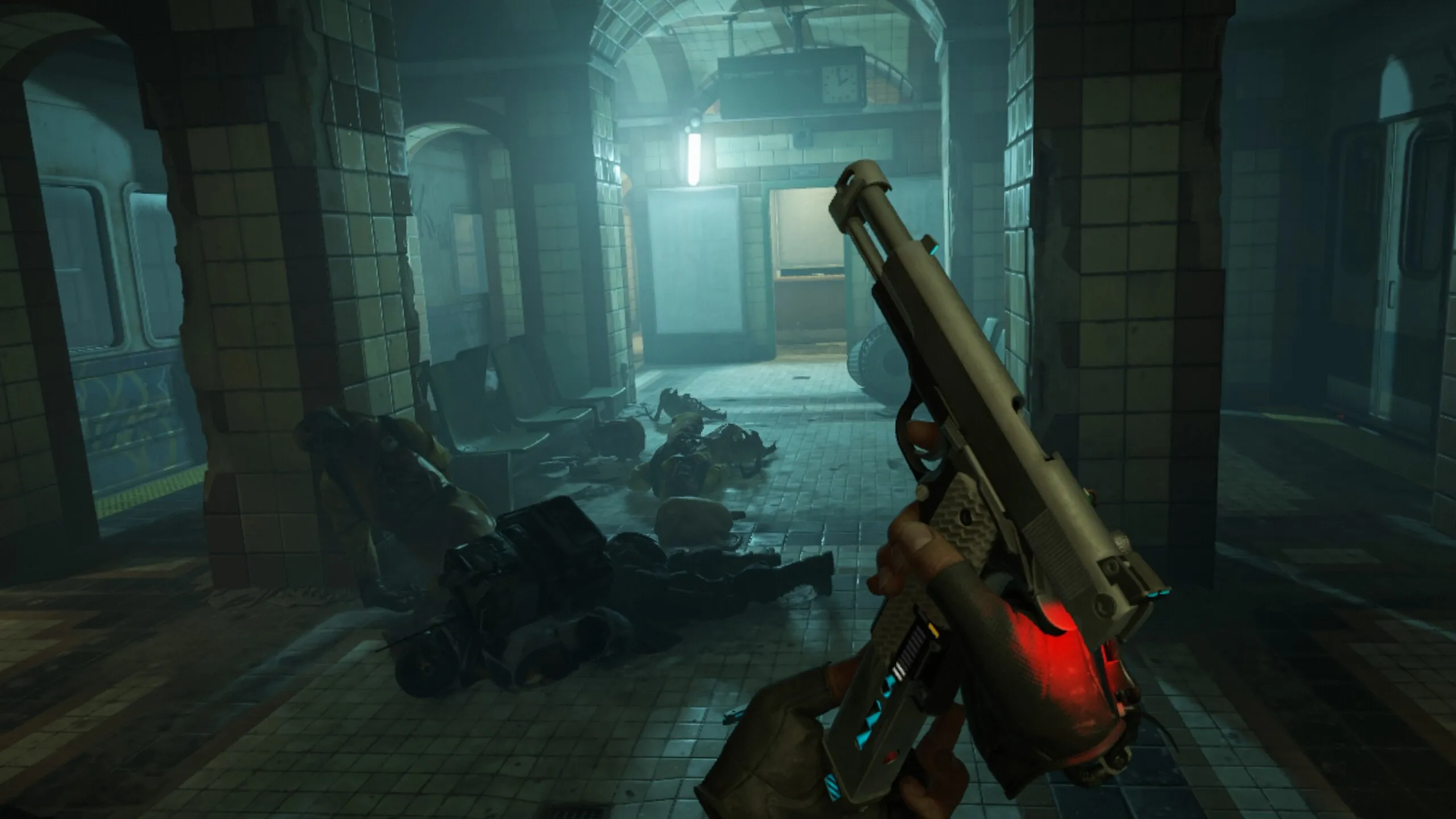
Lalf Life Alyx
2. Third-Person Camera
The third-person camera offers a wider perspective, where the camera follows the player’s character from behind or above, often seen in games like Assassin's Creed or Tomb Raider. This camera allows for better spatial awareness, making it easier to navigate complex environments and perform platforming or combat tasks. Third-person cameras also enable developers to show off the character’s animations and environment details more clearly.
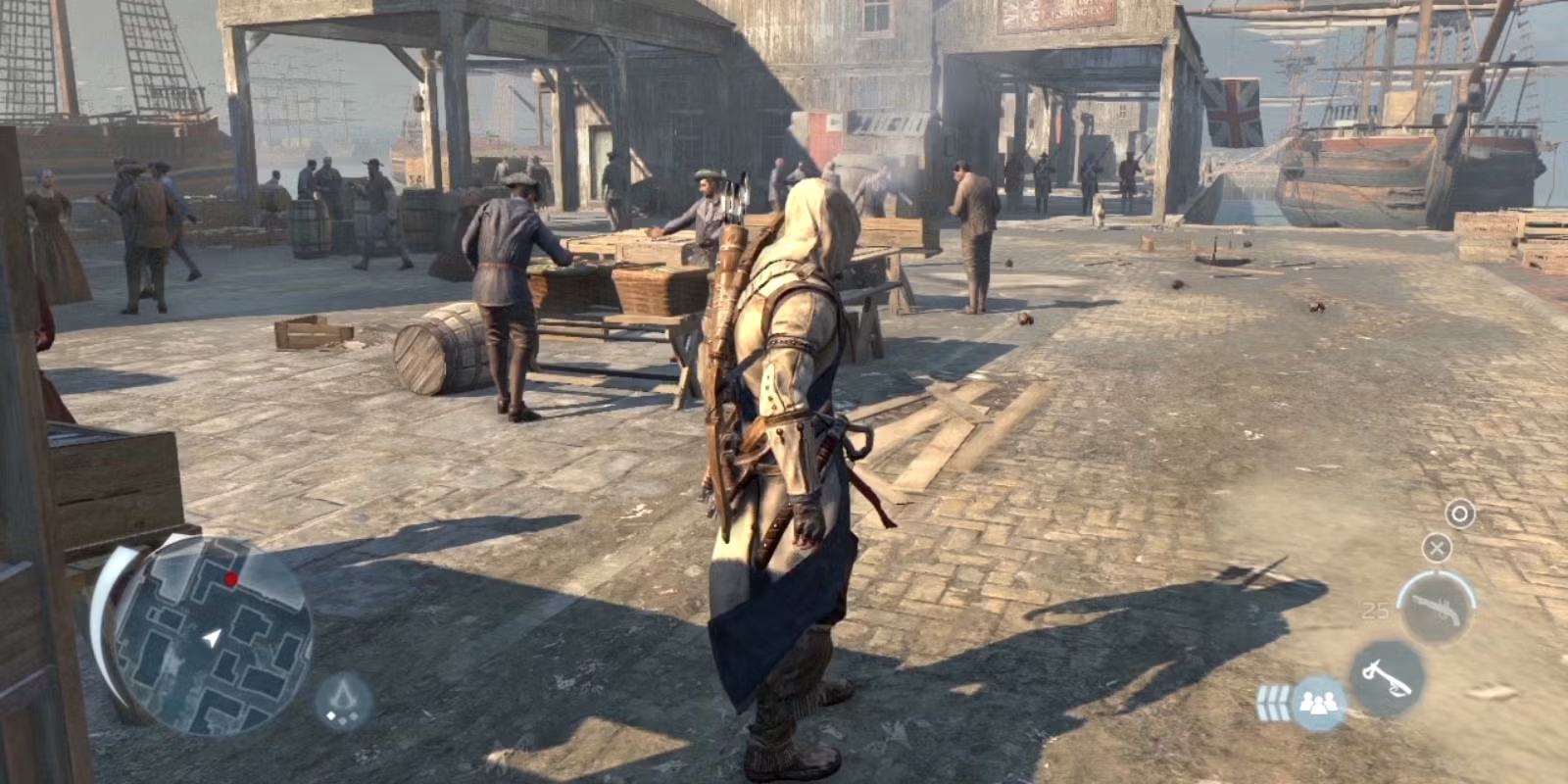
Assissns Creed 3
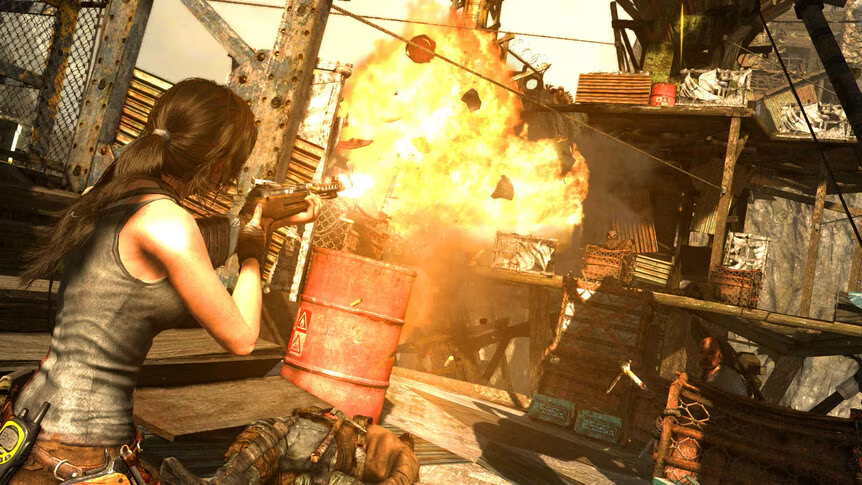
Tomb Raider
3. Top-Down and Isometric Camera
Top-down cameras are often used in strategy games like StarCraft or MOBA titles like League of Legends, providing a bird’s eye view of the game world. Isometric cameras, while similar, offer a slightly tilted view that gives depth and three-dimensionality to 2D spaces, seen in games like Diablo or Bastion. These camera types excel in providing tactical and strategic gameplay, allowing players to have a broader overview of the action.
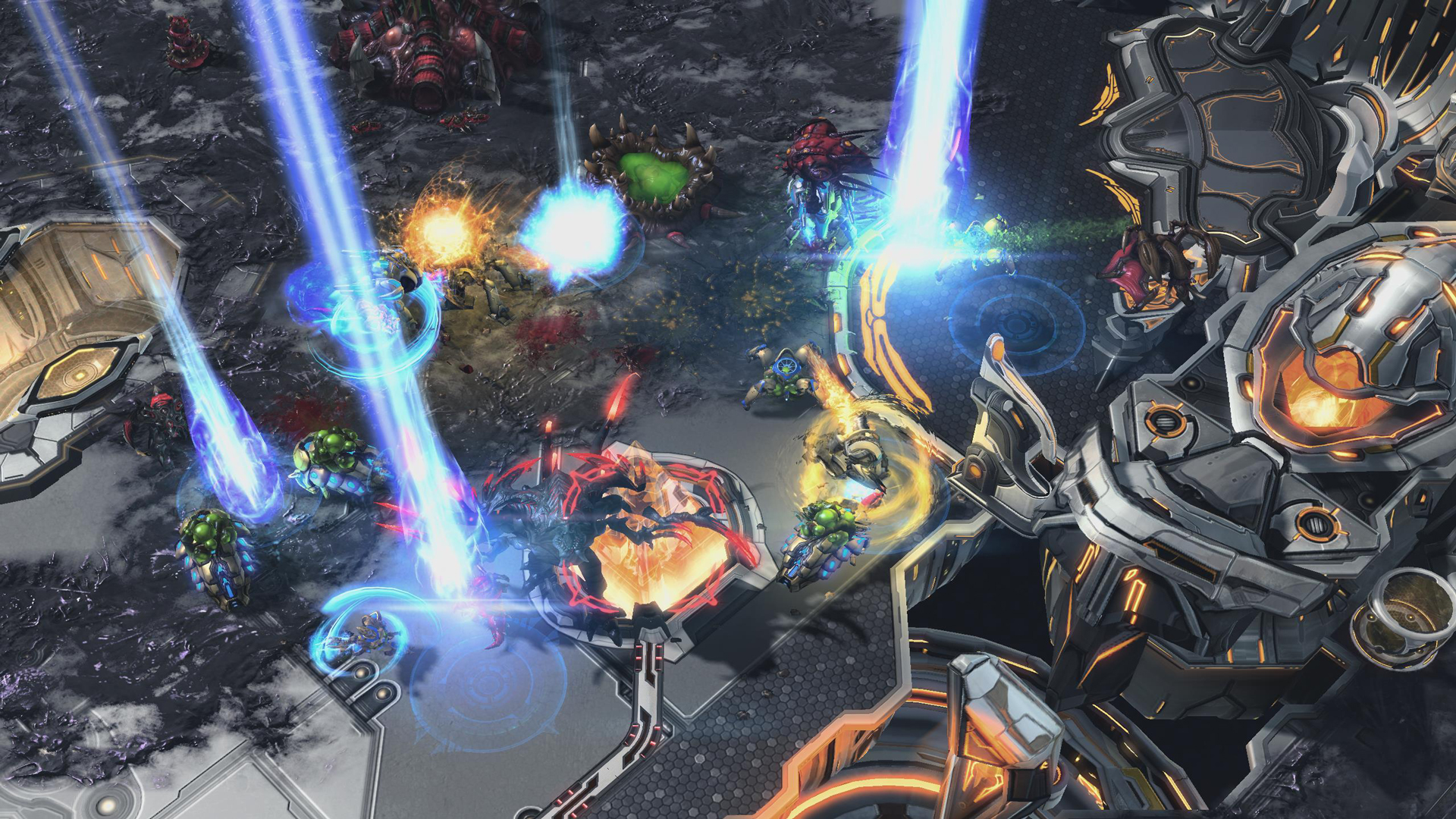
Star Craft 3
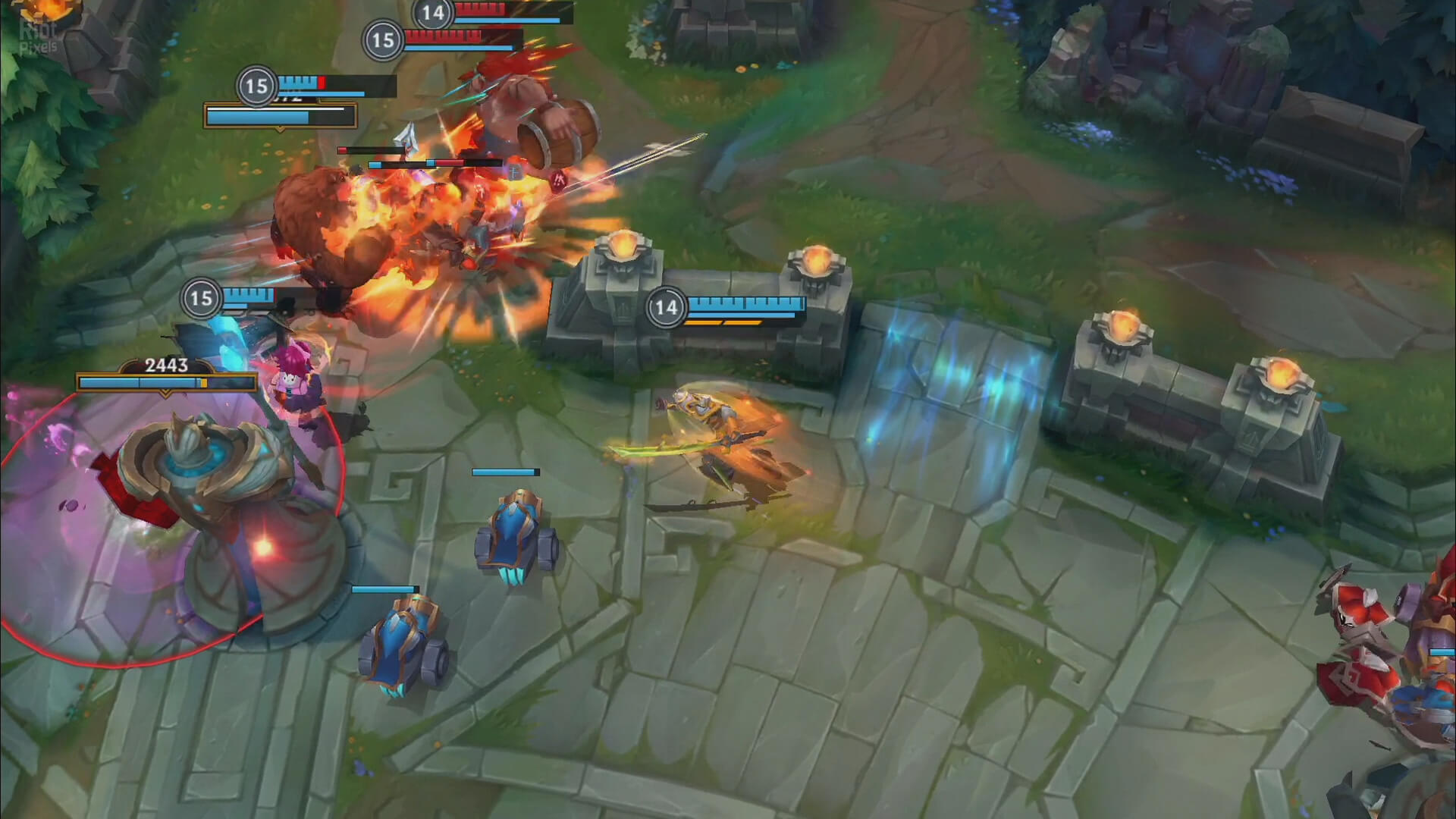
League of Legends
4. 2D Side-Scrolling Camera
Popularized by classic platformers like Super Mario Bros. and Sonic the Hedgehog, the 2D side-scrolling camera limits the player's perspective to a side view. This design allows for precise platforming and simple control schemes, making it ideal for games that focus on timing and movement accuracy.
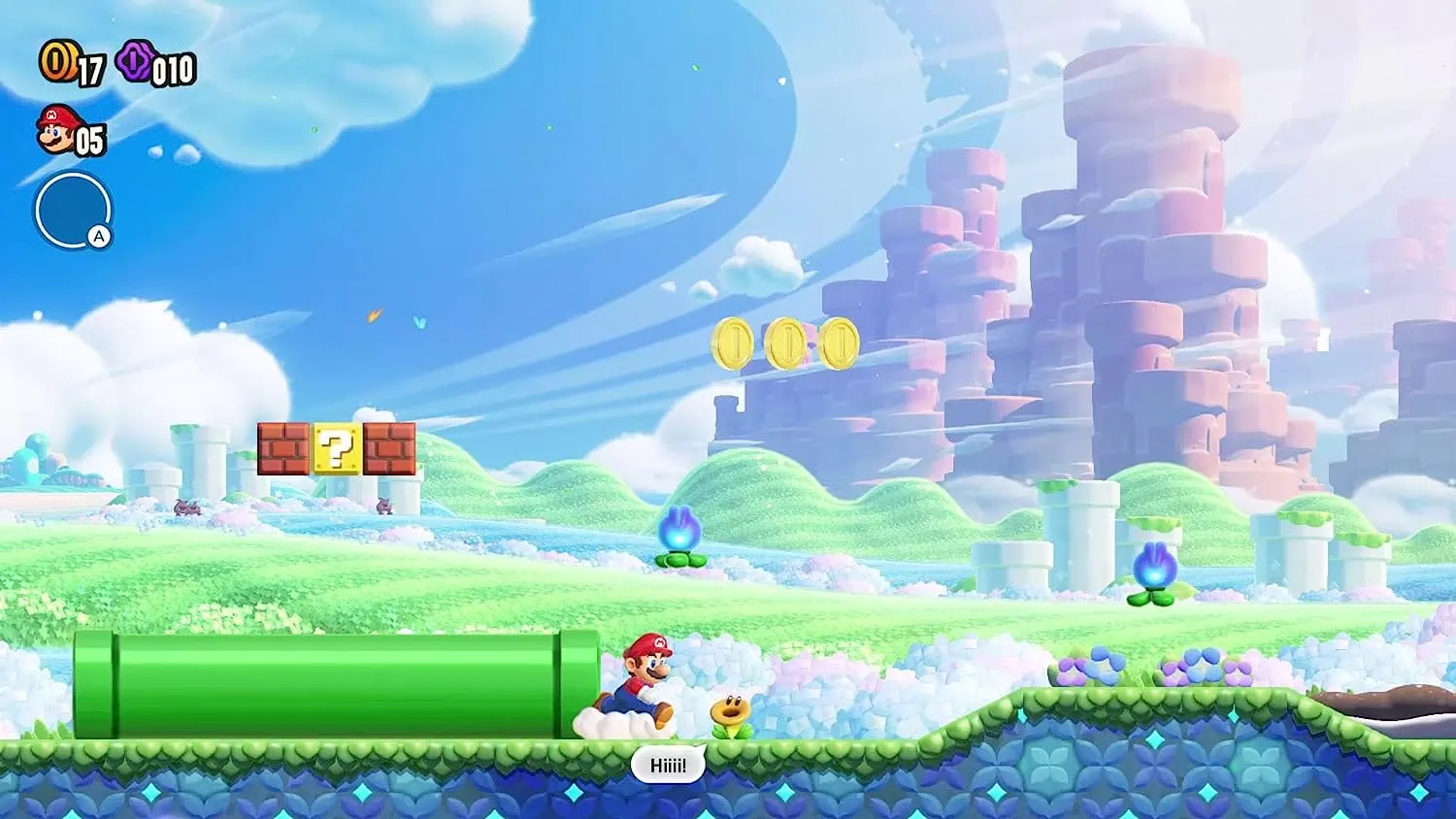
Super Mario
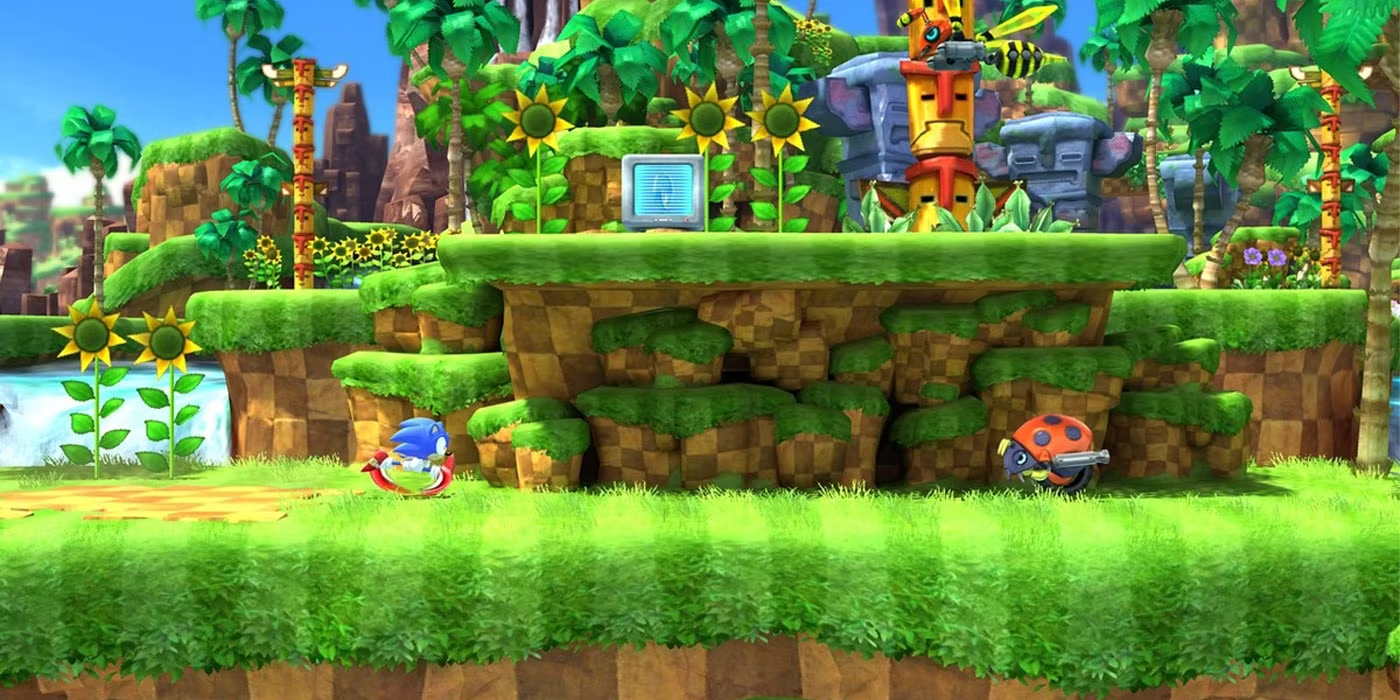
Sonic x Shadow Generations
Camera Angles and Their Impact on Gameplay
1. Over-the-Shoulder Angle
Typically seen in third-person games, the over-the-shoulder angle brings the camera close to the protagonist, framing them to the left or right of the screen. This angle enhances immersion and emotional engagement while providing a more cinematic feel. Games like The Last of Us and Resident Evil use this angle to blend action and narrative, creating tension and intimacy.
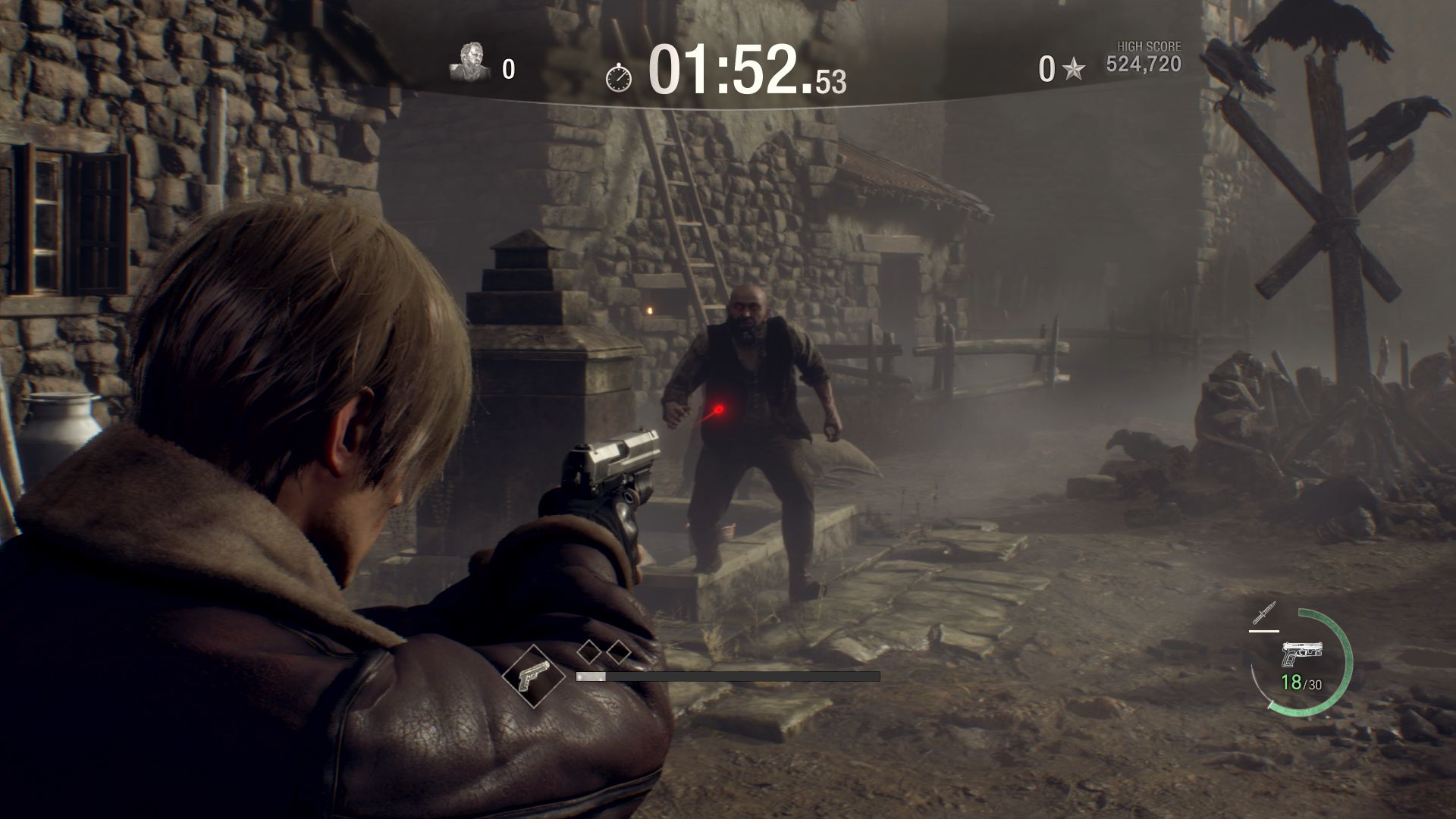
Resident Evil 4
2. High Angle
A high-angle shot places the camera above the character, looking down. This angle can make the character appear small or vulnerable, and it’s often used in horror games to evoke fear and helplessness. It also serves as a way to give players a sense of their surroundings, which is useful in open-world or puzzle games.
3. Low Angle
The opposite of the high angle, a low-angle camera makes the character look powerful and dominant by positioning the camera below them. This technique is often employed in boss fights or heroic moments to make the character feel larger-than-life, reinforcing their strength and determination.
4. Dynamic and Freeform Cameras
Some games, especially open-world or sandbox titles, use dynamic or freeform cameras that adjust based on player input or in-game events. Grand Theft Auto V and Breath of the Wild give players full control over the camera, letting them choose the best angle for exploration or combat. Dynamic cameras enhance user freedom but require developers to design environments that look good from any angle.

Legend of Zelda Tears of Kingdom
The Importance of Camera Design in Game Development
Camera design is a crucial element in video games that impacts both player immersion and game mechanics. A poorly implemented camera can lead to frustration, confusion, or disorientation, while a well-crafted camera enhances gameplay flow and storytelling. Developers must carefully choose the appropriate camera system and angles depending on the genre and desired player experience. For instance, a first-person camera is ideal for horror games where tension and surprise are key elements, while third-person cameras work best for action-adventure titles where situational awareness is critical.
Conclusion
In conclusion, camera systems and angles in video games are essential elements that shape the player’s experience. Thoughtfully designed cameras can immerse players into the game world, enhance storytelling, and improve gameplay mechanics, making it one of the critical aspects of game design. Whether you’re developing a high-action third-person shooter or a tactical strategy game, ensuring your camera system aligns with your game’s goals is crucial for player satisfaction.
Refrences
Virtual camera system
How does camera perspective affect player experience and feelings?

Writer
Baha Pirani From Blacave


